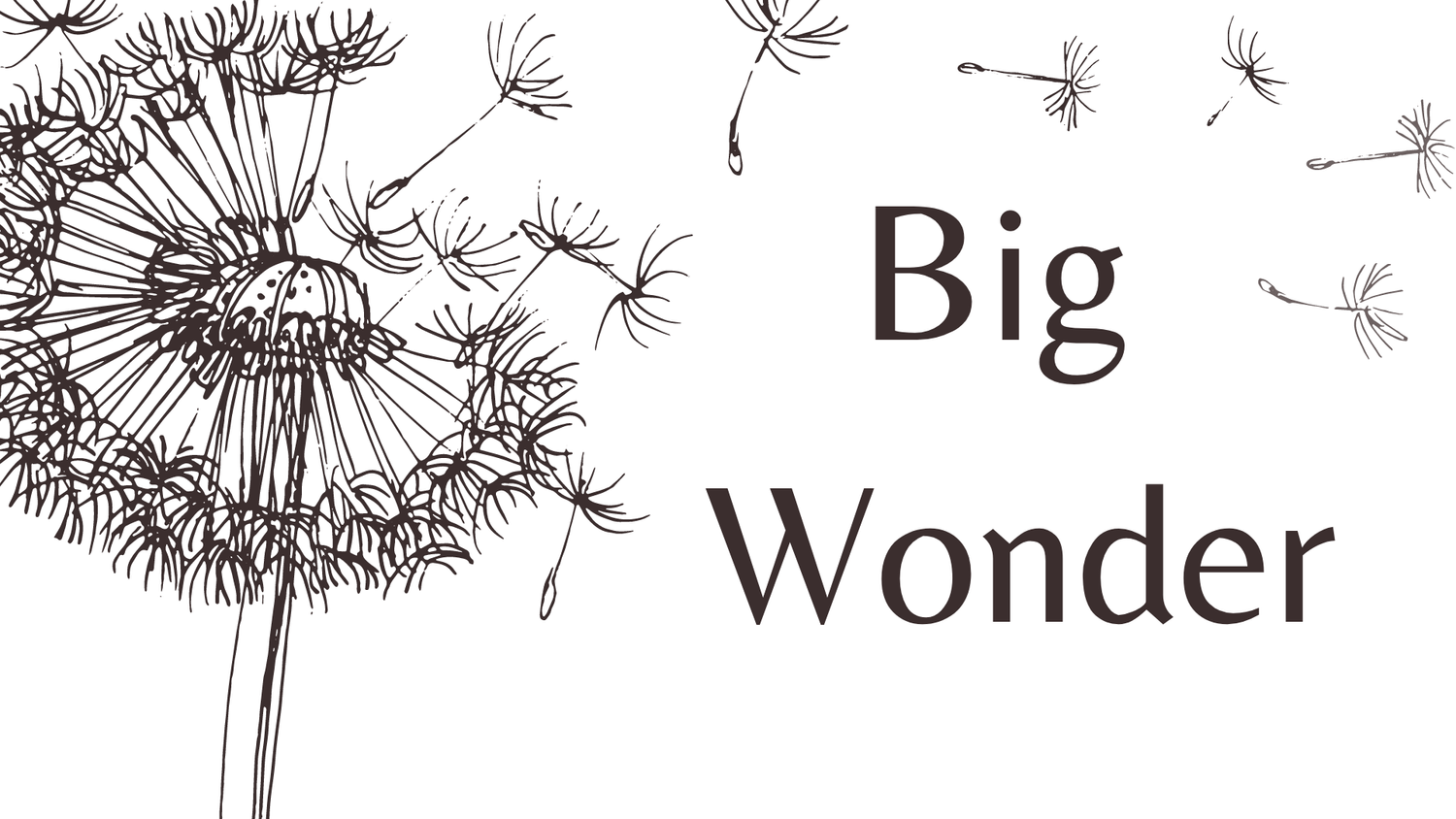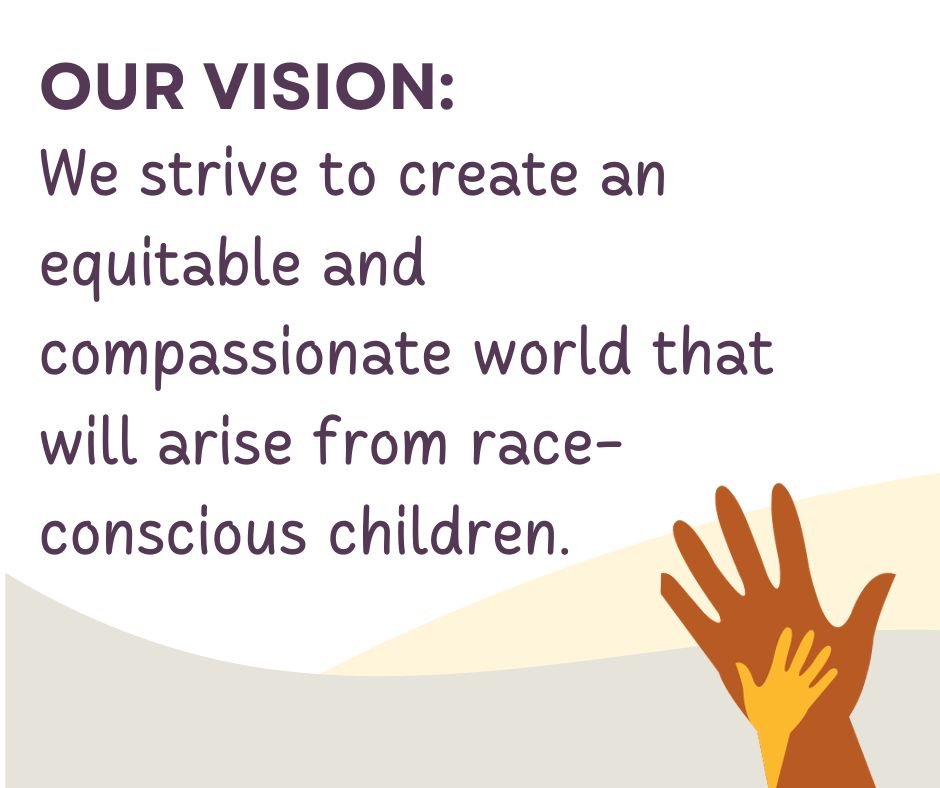Cultivating Race-Consciousness
The Arise Framework’s Key Findings to Date
Research shows that children begin predicting behavior based on race as young as toddlers. Educators, therefore, need to nurture race consciousness in their classroom communities so children can become race-conscious and free from prejudice. What does a critical inquiry into race look like in Reggio-inspired early childhood settings? How can early childhood educators nurture anti-racist thinking to allow children to remain open and unbiased in their thinking and allow all children a sense of safety and trust?
The Arise Framework offers strategies to support caregivers as they begin to engage children (3-6 years) in a dialogue about race. We strive to nurture capacity-raising communities to assist administrators, teachers, and families in cultivating learning environments that embody racial equity by nurturing awareness, collaboration, risk-taking, and humility. We place emphasis on empowering children to become agents of change as they learn to implement the skills developed through the framework into their daily lives.
In 2022, The Arise Framework spent a year collecting interviews and documentation about children's beliefs and encounters with race. We also had dozens of interviews and discussions with educators, administrators, and parents to learn their feelings and thoughts about teaching race to young children. Components of our action research include a reflective survey, two inquiry-based prompts to facilitate classroom conversations about race, and concludes with a conversation between teachers and an Arise collaborator about their experience.
Through these interviews with teachers, administrators, families, and children, we learned about challenges preventing a dialogue about race; despite a sincere desire to have them. Through this research, we uncovered simple guidelines that made exploring race in early childhood classrooms developmentally appropriate, accessible, and nurturing.
We found that having a community to support risk-taking and curiosity sparked change and action. This left us with the hope that conversations about race in early childhood education will unfold and lead to remarkable transformations.
The Challenge
In the Spring of 2022, we invited educators and caregivers to participate in simple action research to understand children’s assumptions and beliefs about race. Although there was plenty of interest, and we made it a simple, accessible conversation, very few completed it. Educators told us that lack of support- read or perceived- from administrators, families, or fear about legislation (as in New Hampshire) made a simple conversation about skin color too daunting.
A sense of fear, uncertainty, and/or overwhelm was supported by interviews with parents, administrators and educators. Even if tools and a framework are shared- it is clear that educators and caregivers need training and support to do this important work. Moreover, the two classrooms that participated in the action research demonstrate a hard time being explicit about race- even in settings where discussions about race and skin color take place. There exists a powerful cultural norm silencing open conversation about race critically and openly.
White supremacy is powerfully entrenched and ruthlessness silenced and kept hidden from consciousness. This is why we must intentionally and explicitly work towards race consciousness in children. Race consciousness is cultivated through mindful dialogue, inquiry, and expression with children and with ourselves.
The Hope
There is a growing critical mass of support for exploring race in classrooms, despite a growing national dialogue and rhetoric of fear. Many early childhood educators and families understand the importance of race consciousness and are motivated to make discussions about race in the classroom accessible, healthy, and open. To do this, we need, a culture of humility, curiosity, critical thinking, and risk-taking needs to be cultivated and supported. Safe, nurturing Communities of Practice can help nurture such a culture.
4 Powerful Guidelines
Through practice, action research, and interviews with stakeholders (educators, family, and school leaders), four powerful guidelines emerged that help nurture race consciousness in classrooms. These four guidelines provide a simple structure to help unpack the complexity and nuance of race and white supremacy while supporting teachers:
-
The first step is cultivating culture- this cannot be stepped over. For educators and families to meaningfully sustain this work, the culture needs to be mindfully tended to; otherwise, fear, bias, and overwhelm can and likely will prevent the work from taking root and becoming transformative.
Take Risks. Be willing to make mistakes and to learn from them. It's how we innovate, transform and get better. No one knows how to do this perfectly: work towards progress and not perfection. We are doing something that implicitly feels taboo. Lean into the discomfort to work past it.
Reflect. Collectively and individually, reflect on how it is going and where you want to go. Document child’s worlds and projects as a resource for reflection.
Practice Humility. Openness of thought, willingness to admit mistakes, and questions inner dialogue, assumptions, and beliefs.
Collaborate with Supportive Partners. Exchanging ideas, problem-solving, encouragement, and support. Support and buy-in from school leaders, families, and colleagues to make discussing race with children safe. This can take time upfront but allows for freedom of discussion while collaboratively working together.
Be Open to Transformation. This is new territory for most of us and it requires transformation. Part of the journey is being open to where it takes you- even if we don't know where that is going to be. It requires a leap of faith.
Engage in Inner Work. If white- begin and continue the inner work. Undoing racism starts with a humble posture of learning and listening to the stories and wisdom of folks who are black and brown.
Be Safe to talk to. Racism is pervasive, and children are sponges without the critical reasoning to reject the oppressive narratives they are exposed to. Children can and will say racist things. Avoiding shaming them as a knee-jerk reaction. Take this as a valuable opportunity to have them question their beliefs and build critical thinking skills. Creating a culture of understanding and safety allows for open dialogue- critical to expose latent bias and build critical thinking skills.
-
Before introducing race, set a healthy foundation by introducing prerequisite knowledge such as equity, justice, skin, and a sense of respect for differrences and diverity.. We found that the following prerequisite subjects allow for race consciousness to grow:
-Children explore their own identities and feel good about themselves.
-Children learn about other identities and feel comfortable with diversity and differences. Anti-Bias Education for Young Children and Ourselves by Derman-Sparks and Edward outlines an incredibly accessible and transformative framework to begin this work)
-Children know their values and what is important to them and their classroom community.
-Children explore Human Rights and Equity. Children know all humans are deserving, noble, and equal.
-Children explore the meaning of equity and justice. They begin to identify fairness and power practiced in their community
-Children understand they are powerful advocates with the ability to express what's important to them and make powerful change. iption text goes here
-
With the ground work underway, a dialogue about race can be meaningful and transformational to everyone participating- children, educators, and families. Often, the first thing we introduce about race is racism and white violence (slavery and segregation). These complex topics can be hurtful and even traumatizing to children without the proper fortification and safety. We recommended these steps first:
-First, ask the children what race means to them. It is likely that you will need to have an intial conversation (or two) explaining that there are two kids of races:
1) a race to see who can go the fastes
2) grouping humans by skin color
-Explore why we have different skin colors. Our Skin: A First Conversation About Race is a wonderful book to introduce the concept and spark conversation.
-Discuss similarities and differences between those in the classroom and notice that we have differnt hair texture, eye color, and skin color. Noticing skin color in picture books, making a collage with clipings of folks with lots of differnt skin colors.
-Share positive stories of BIPOC history, pride, culture, and contributions.
-Nurture critical thinking and problem-solving.
-Cultivate a sense of equity and advocay in the classroom (i.e. create classroom values written and reviewed by the children). Children notice where something is unjust or not fair, and children are deveoping the empowerment, tools and lanaguage to be advocates.
From here, discussing the social construct of race (something that started as a lie) and acts of injustice that the lie promoted. Keep it developmentally appropriate for the classroom to avoid traumatic experiences.
With knowledge, critical reasoning, and a positive regard for themselves and others, children can begin to engage with their community to advocate and make a social impact in ways that the children are inspired to. ion text goes here
-
Teachers need to learn and reflect together to pioneer new frameworks and undo white supremacy in classrooms. Starting a Community of Practice is an incredible place to learn and grow with other educators.
We invite you to discuss ways to cultivate race consciousness in early childhood. We will look at documentation (children’s words and projects), discuss what is going well, reflection on areas of improvement and problem-solving. All with the goal of providing a community of support to nurture race consciousness in ourselves and our children.
The Arise Framework is developing a framework for ways to engaging in a healthy dialuge about race in preschool classrooms that is child led and inquiry based. We are starting with action research to better understand childrens thoughts and assumptions about race.
If you would like to particpate or learn more, please connect with us! We would love to have you on our team!
What approaches and methods have you used to discuss race with young children or to nuruture race conciousness?
What tools would be helpful to you?
What questions or concerns do you have?



